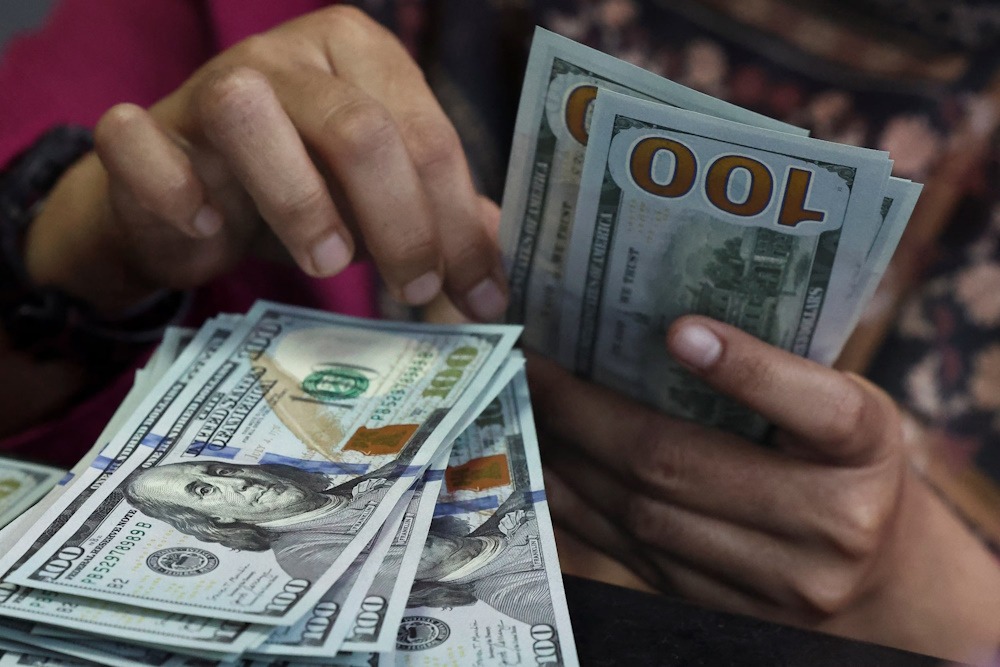On Friday the 26th, merely four days following the extraordinary backing from the Trump administration via direct aid from the US Treasury, Javier Milei’s administration enacted limitations on dollar purchases. Individuals in Argentina who acquire dollars through the official market will face a 90-day prohibition from engaging in the financial dollar market. The initiative aims to prevent individuals from purchasing dollars in the official market and subsequently selling them in the financial dollar market at an elevated price. This arbitrage opportunity presents an immediate 5% return in pesos, with no upper limit on potential gains. The government seeks to instill confidence among investors regarding its capacity to fulfill significant debt maturities scheduled for 2026. In this context, the arbitrage operation, referred to in Spanish as a rulo, has resulted in the depletion of valuable Central Bank dollars.
Federico Furiase stated that “the decision aims to prevent forex market distortions” – referring to the disparity between the official dollar and financial dollars, commonly referred to in Argentina as the brecha. In Argentina, various markets exist where individuals can acquire dollars beyond the official market. The “MEP dollar” is derived from the acquisition of a sovereign bond or equities in pesos, followed by a sale for dollars in the Argentine market. The second method is referred to as the “blue chip swap” or CCL dollar. This entails the acquisition of bonds or equities denominated in pesos within Argentina, followed by their subsequent sale on a global market for dollars. The decision produced an immediate effect. As a result of agricultural exports and the exchange restrictions implemented on Friday, the Central Bank’s gross reserves experienced an increase of US$1.9 billion, representing the most significant daily rise since August 4 and elevating the total to over US$41 billion.
This was primarily attributed to Treasury purchases amounting to US$1.3 billion, as stated by Economy Minister Luis Caputo during an interview. On Friday, the official dollar at Banco Nación concluded at AR$1,350, whereas the wholesale dollar, which acts as the market benchmark, was valued at AR$1,326. The blue dollar was exchanged at AR$1,440, reflecting an 8.6% premium over the official dollar rate. The MEP concluded the week at AR$1,433.53, whereas the CCL settled at AR$1,472.51, resulting in an exchange gap ranging from 6% to 9% relative to the official rate. Monday signifies the conclusion of notable agricultural export settlements, with the Treasury anticipated to repurchase a considerable amount of dollars, thereby amassing sufficient funds to address January maturities. Calculations by 1816 consultancy indicate that the agricultural export sector is projected to stabilize at approximately US$2.7 billion between Monday and Tuesday, culminating in a total estimated flow of US$6.3 billion.
“If the Treasury continues its current pace of purchases — equivalent to 77% of the settled amount — it will conclude this phase with acquisitions nearing US$3.8 billion,” it is estimated. This indicates that the government acquired just over fifty percent of the dollars transacted by the agricultural sector. The consultancy highlighted the importance of the Finance Secretariat’s array of instruments presented in the recent tender, which encompasses dollar-linked bonds aimed at supporting demand for exchange rate hedging.

